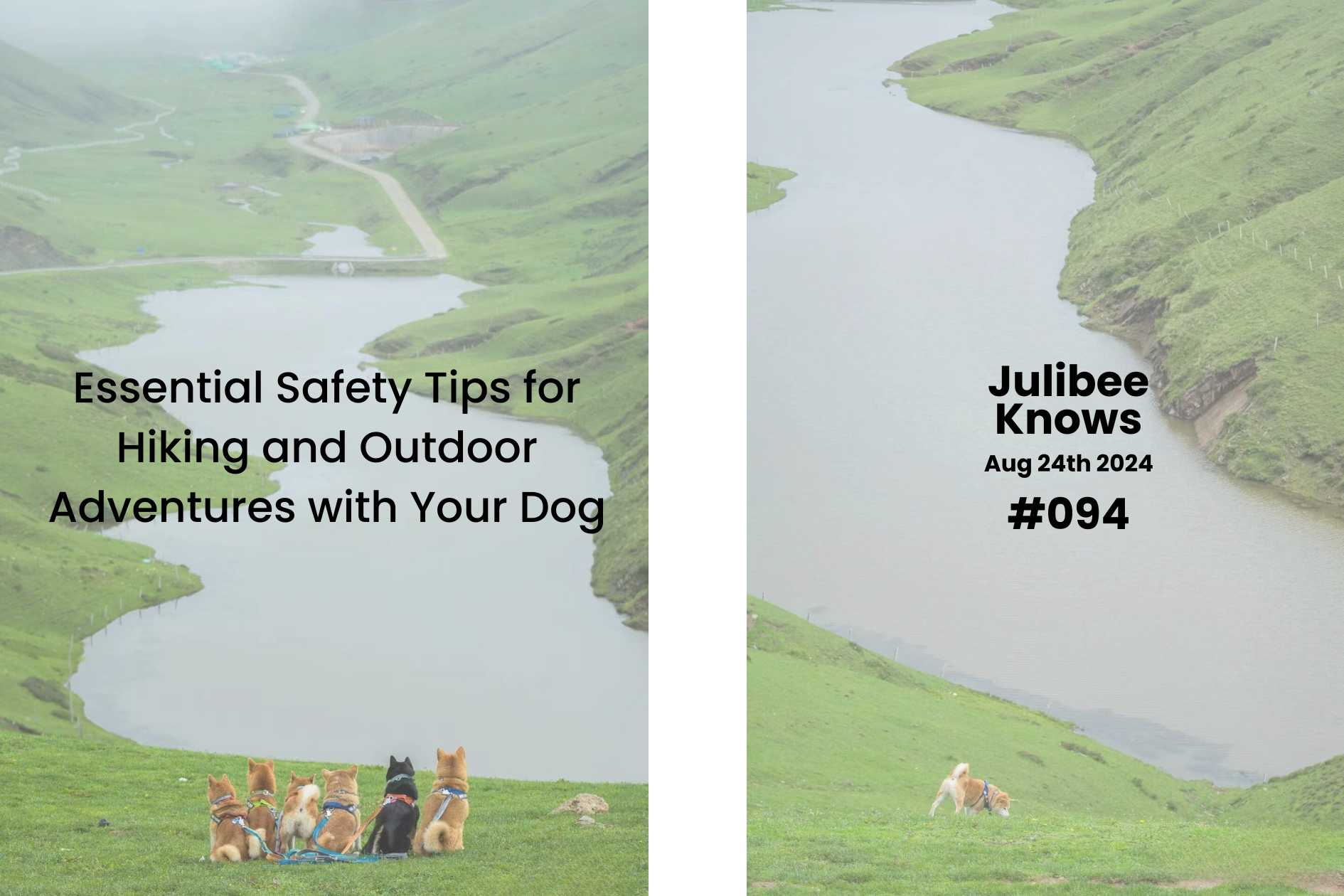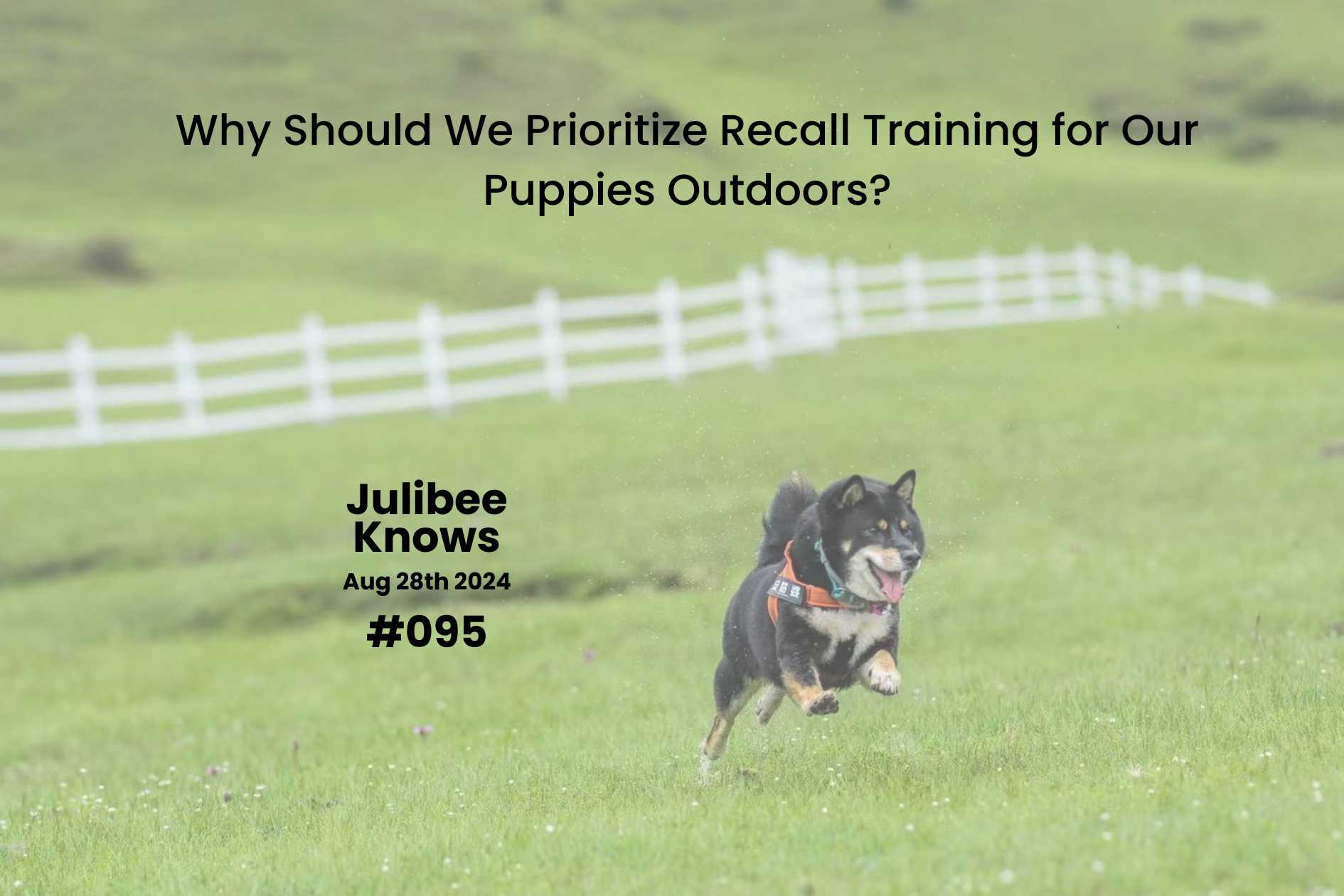
Essential Safety Tips for Hiking and Outdoor Adventures with Your Dog
Discover key safety considerations and expert tips for taking your dog on outdoor adventures. Learn how to prepare, choose the right gear, and ensure a safe, enjoyable hiking experience for your pet.
All dog owners should prioritize safety when gradually introducing their dogs to the outdoors, such as hiking. While outdoor experiences can be incredibly rewarding, they should be approached with caution rather than impulsiveness.
Like humans, dogs need to gradually acclimate to different outdoor environments to avoid injuries or exhaustion. When you decide to take your dog hiking, it's crucial that they gradually adjust to higher altitudes, complex terrains, or long distances. The healthier and more accustomed your dog is to hiking, the more enjoyable and fulfilling the experience will be for both of you.

Here are some key considerations for taking your dog outdoors:
1. Safety Considerations for the Outdoors:
Prioritize your dog’s safety by assessing whether they (based on their breed, physical condition, and capabilities) are suited for a particular outdoor activity. Generally, all human hiking precautions apply to taking your dog outdoors as well.
-
Weather Conditions: Monitor the local weather in advance and choose a day with temperatures suitable for your dog. Prepare for sudden changes in weather that might affect both you and your dog.
-
Outdoor Terrain and Routes: Research and plan your route in advance. Download offline maps of the hiking trail and carry a physical map as a backup—don’t overly rely on your smartphone.
-
Wildlife: Learn about potential wildlife in the area and arm yourself with relevant emergency knowledge. If your dog shows interest in unfamiliar animals, ensure they are leashed.
-
Physical Condition and Capabilities: Objectively assess your dog’s physical condition and abilities based on their breed, age, and size. Create a suitable outdoor plan and closely monitor their status during the activity. If your dog shows excessive fatigue the next day or struggles to recover, they may need more gradual training before the next hike.
-
Water Supply (Crucial!): Ensure you carry enough water for both you and your dog.
2. Leashing and Off-Leash Considerations:
Your relationship with your dog will dictate how you manage leashing during outdoor activities.
-
Leash or Off-Leash: Experienced owners often prefer to hike with their dogs off-leash in natural settings. In some international outdoor locations, a leash is sometimes required, while domestically, leash laws are usually enforced in urban public spaces. In natural environments, leashing ensures the safety of everyone, including other dogs and wildlife. Maintaining control through a leash also significantly enhances your dog's safety.
-
Off-Leash in Permissible Areas: Only consider off-leash activities if they pose no danger to your dog, yourself, or others. A good human-dog relationship and proper socialization are prerequisites. Taking your dog outdoors should not be about letting them run wild but about ensuring their safety and fostering a better relationship.

3. Choosing the Right Outdoor Gear:
Each piece of functional outdoor gear has a specific use case. Select the appropriate pet outdoor equipment based on the breed, weather, and environment. Proper gear can help you and your dog face various challenges with confidence.
4. Avoid Overexerting Your Dog:
Don’t push your dog to become a "weekend warrior." Infrequent hiking can lead to discomfort or injury during or after the hike. Instead, incorporate planned and purposeful outdoor exercise into your daily routine and before major hikes.

5. Minimize Outdoor Risks by Preparing Essential Emergency Supplies and Ensuring Tick Prevention:
In densely wooded areas, traumatic injuries (such as cuts, tears, or punctures) are not uncommon. Planning an appropriate route and using a leash can significantly reduce these risks. Regular tick prevention and suitable gear can also minimize the risks of infections and parasites. Also, prevent your dog from drinking from ponds, puddles, or streams that could be contaminated with leptospirosis. Ensure your dog has plenty of clean water. Dogs that frequently hike or live in dense forest areas should be vaccinated against Lyme disease or leptospirosis.
Expert Insights:
Outdoor adventures with your dog can be incredibly enriching, but they require careful preparation. According to the American Veterinary Medical Association (AVMA), ensuring your dog’s physical fitness and safety before embarking on strenuous outdoor activities is crucial. Gradual exposure, appropriate gear, and emergency preparedness are key to a successful and safe hiking experience with your pet (source: AVMA).

